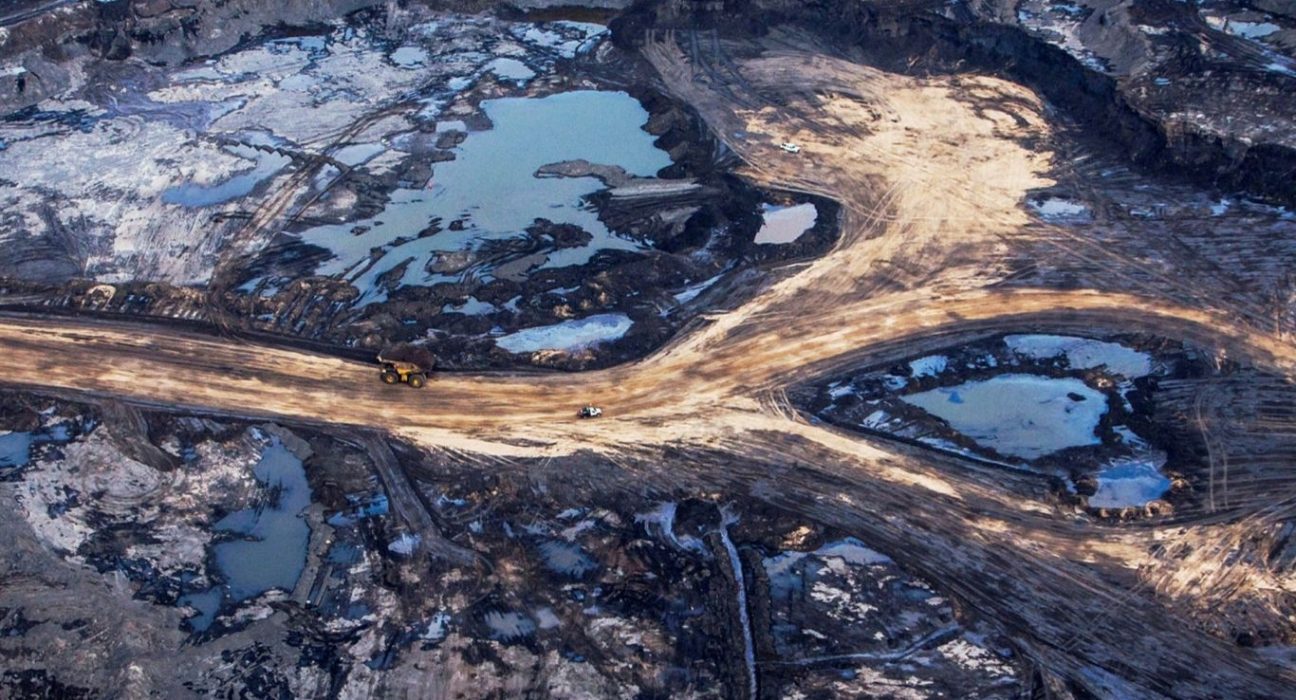Introduction:
In early February, Chief Allan Adam of the Athabasca Chipewyan First Nation in northern Alberta started receiving calls from concerned community members. The provincial regulator had revealed that toxic wastewater had been leaking for months from a tailings pond at Imperial Oil’s Kearl oil sands mine, putting the community at risk. Many in the community hunt and fish downstream of Canada’s huge bitumen mines, and wanted to know if the game meat in their freezers was safe to eat.
Toxic wastewater leak in Alberta’s oil sands mine:
The Athabasca oil sands are one of the largest oil reserves in the world and play a significant role in Canada’s economy. However, the extraction process of bitumen, a heavy crude oil found in the sands, produces toxic waste known as tailings. Tailings are a mixture of water, sand, clay, and chemicals used to extract bitumen. They contain heavy metals, hydrocarbons, and other toxic substances that pose a risk to human health and the environment.
In early February, the Alberta Energy Regulator (AER) revealed that a tailings pond at Imperial Oil’s Kearl oil sands mine had been leaking toxic wastewater for months. The pond contained about 320 million liters of water, and it was estimated that 120 million liters had leaked. The leak was caused by a faulty valve, and it was reported that the company had been aware of the issue for some time but had not reported it to the regulator.
Community concerns:
The Athabasca Chipewyan First Nation community has been particularly concerned about the impact of the leak on their traditional hunting and fishing practices. Many members of the community rely on game meat from the area downstream of the oil sands mines for their sustenance. However, the risk of contamination from the toxic wastewater has raised concerns about the safety of this food source.
Chief Allan Adam has been vocal in his criticism of the provincial regulator and the oil sands industry, calling for greater accountability and transparency. He has also expressed concern about the long-term impact of the oil sands on the environment and the health of his community.
Environmental impact:
The leak at Imperial Oil’s Kearl oil sands mine is just one example of the environmental impact of the oil sands industry in northern Alberta. The extraction process of bitumen produces vast amounts of greenhouse gas emissions, and the tailings ponds that store the toxic waste have been shown to leak into nearby rivers and groundwater.
The impact of the oil sands industry on the environment and the health of nearby communities has been a subject of much debate in Canada. Critics argue that the industry has not been held accountable for its environmental and social impact, while supporters point to the economic benefits of the industry.
Conclusion:
The toxic wastewater leak at Imperial Oil’s Kearl oil sands mine has raised concerns about the safety of game meat for hunters and fishers downstream of the mine. It has also highlighted the environmental impact of the oil sands industry and the need for greater accountability and transparency. The Athabasca Chipewyan First Nation community has been vocal in their criticism of the industry and the provincial regulator, calling for greater protection of the environment and their traditional way of life.










